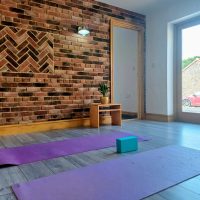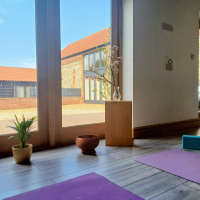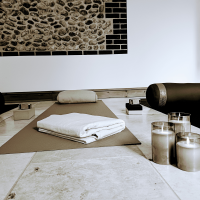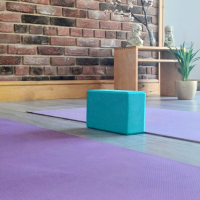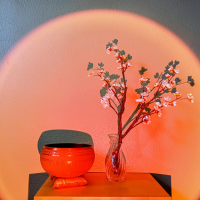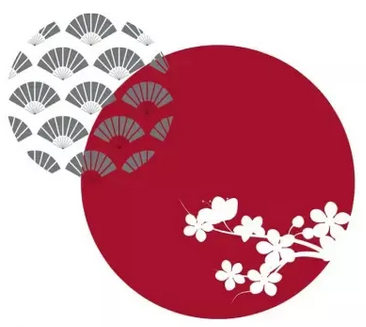Chinese Hatha Yoga and Qi Gong/Yin Yoga
Rooted in Eastern tradition. Chinese Hatha Yoga and Qi Gong/Yin Yoga offer an approach to Movement that nurtures the mind body and emotional well-being.
These gentle practices focus on cultivating internal balance through breath, energy flow and mindful motion – supporting women through the menopause with grace grounding and renewed vitality.
What Is “Chinese Hatha Yoga”?
Although not a formally recognized term in either Indian or Chinese traditions, “Chinese Hatha Yoga” typically refers to a hybrid or fusion that combines aspects of Indian Hatha Yoga with Chinese practices such as Dao Yin, Taoist yoga, and principles from Traditional Chinese Medicine (TCM).
Origins & Philosophical Blend
- Hatha Yoga originates in India and is fundamentally about balancing opposing energies (sun / moon or ha / tha), preparing the body and mind through postures (asanas), breathwork (pranayama), and relaxation techniques. It emphasizes holistic union of body, mind, and soul
- Chinese practices such as Dao Yin and Health Qigong focus on harmonizing qi (vital energy) through movement, breath, and visualization.
What Is Yin Yoga?: The Bridging Hybrid
- Yin Yoga is a modern blend that draws explicitly from Indian Hatha Yoga and Chinese Taoist traditions like Tao Yin, incorporating TCM concepts of meridians and focusing on long-held, meditative postures.
- It was developed in the 1970s by martial artist Paulie Zink—a fusion of his Hatha training and Taoist practices—and later evolved through Paul Grilley and Sarah Powers, integrating TCM meridian theory with yoga’s energy channels
Complementary Energies: Yin vs. Yang
- In Chinese philosophy, Yin represents passive, internal, and cooling energy, while Yang is active, external, and warming.
- In practice:
- Yin Yoga targets connective tissues and joints, holding poses for several minutes to access deeper layers of the body.
- Hatha Yoga tends to engage muscles, focusing on balance, alignment, and breathwork with shorter holds and transitions
Similarities Across Traditions
- Both systems aim to cultivate mind–body harmony using movement, breath, and internal focus.
- They share a holistic worldview, seeing the human as interconnected with nature and energy channels. For example, meridians in Chinese medicine have parallels with nadis in Indian yoga
- Other overlaps include:
- Use of breathing techniques (natural, abdominal, sometimes even reverse breathing)
- Meditative and mental regulation goals
Summary Table
| Traditional Element | Indian (Hatha) | Chinese (Dao Yin / Qigong / Yin Yoga) |
| Origin | Ancient India | Ancient China |
| Focus | Balance of sun & moon; asanas, breathing, preparation for meditation | Qi flow, meridians, movement for energy/work/stillness |
| Practice Style | Shorter held poses, dynamic flows, pranayama | Long-held, still poses focusing on joints and fascia |
| Energy Framework | Nadis and chakras | Meridians and qi |
| Modern Fusion Example | Yoga classes in the West | Yin Yoga—a true Indian-Chinese hybrid created in the 1970s |
Yin Yoga is a slow-paced, meditative style of yoga where you hold poses for longer periods—typically 2 to 5 minutes, sometimes even up to 10 minutes. It is designed to target the deep connective tissues (fascia, ligaments, tendons) and joints rather than just the muscles.
Core Features of Yin Yoga:
- Long Holds
- Poses are mostly done seated or lying down.
- The goal is to relax the muscles so gravity and time can gently stress and stretch the deeper tissues.
- Chinese Medicine Influence
- Yin Yoga draws on Traditional Chinese Medicine (TCM) ideas about meridians—energy channels similar to nadis in Indian yoga.
- Certain poses are thought to stimulate specific meridians, influencing the flow of qi (energy) in the body.
- Quiet & Meditative
- Emphasis is on stillness, breath awareness, and mindfulness.
- It’s as much a mental practice as a physical one.
- Yin vs. Yang
- In Chinese philosophy:
- Yin = passive, cool, inward, slow.
- Yang = active, hot, outward, fast.
- Most modern exercise is “yang” in nature; Yin Yoga balances that by cultivating stillness and receptivity.
- In Chinese philosophy:
- If you think of Hatha Yoga as working the “muscles and movement” layer, Yin Yoga works the “connective tissue and stillness” layer.
Benefits of Yin Yoga:
- Improves flexibility in the joints and connective tissue.
- Enhances circulation and energy flow.
- Calms the nervous system, reducing stress.
- Helps improve patience, presence, and inner awareness.
A Typical Yin Yoga Session:
- 5–8 poses per class (e.g., Butterfly, Dragon, Saddle, Sphinx, Shoelace).
- Props (bolsters, blankets, blocks) often used for comfort.
- The teacher guides you to stay still, breathe deeply, and notice sensations without trying to change them.


